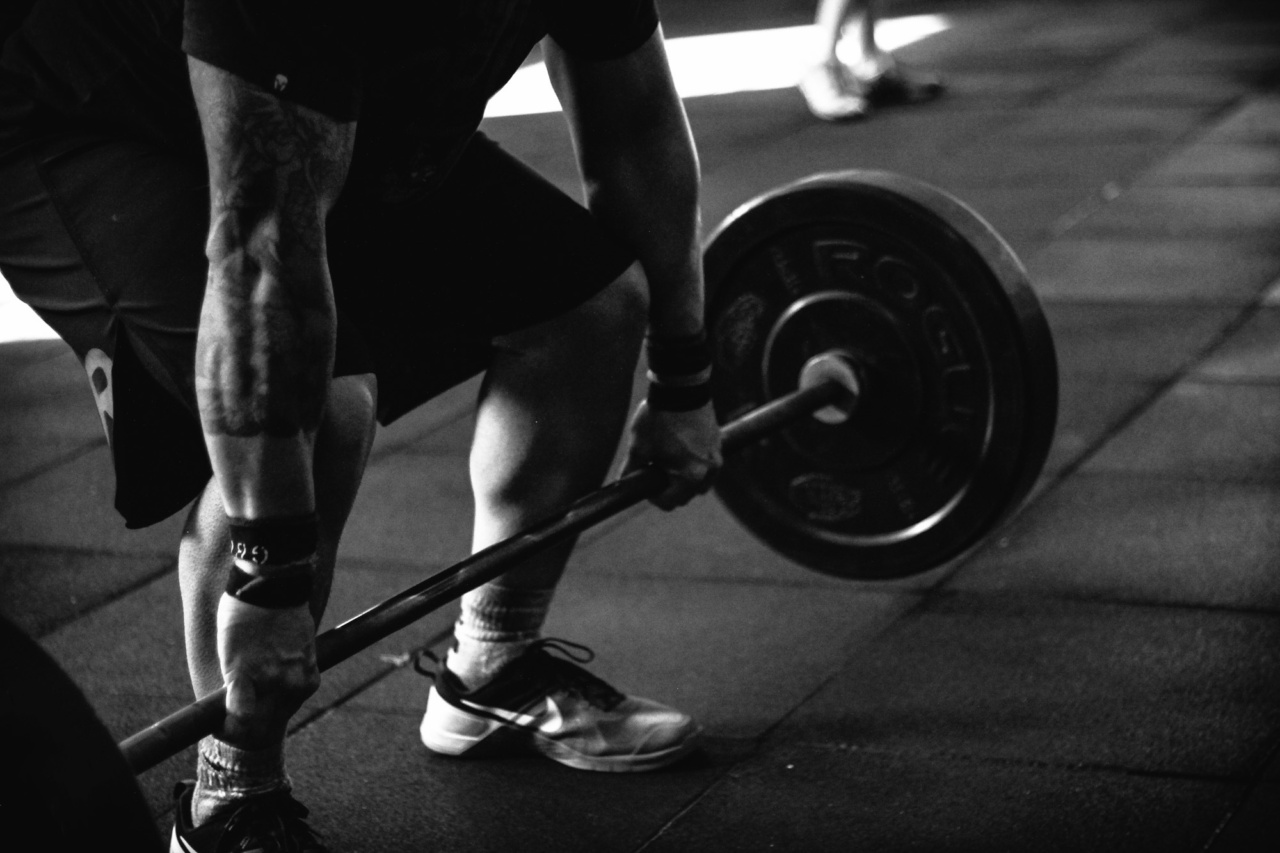Lifting heavy weights is a fantastic way to build strength, increase muscle mass, and improve overall fitness. However, it also carries the risk of injury, especially if proper form and technique isn’t followed.
One area that is particularly susceptible to injury during heavy lifting is the waist. In this article, we will discuss expert advice on protecting your waist during heavy lifting to minimize the risk of injury and maximize your gains.
1. Warm Up Properly
Before diving into heavy lifting, it is vital to warm up your muscles and joints properly. This helps increase blood flow to the working muscles, improving their flexibility and reducing the risk of strains or sprains.
Begin your warm-up routine with dynamic stretches and movements that target the muscles you will be working on during your workout. Incorporate exercises like leg swings, arm circles, hip rotations, and walking lunges into your warm-up routine to prepare your body for the demands of heavy lifting.
2. Focus on Core Strength
A strong core is essential for proper stability during heavy lifting. Your core muscles, including the muscles of your abdomen, lower back, and hips, help support your spine and transfer force between your upper and lower body.
Strengthen your core through exercises like planks, Russian twists, and deadbugs. Additionally, incorporating exercises that specifically target your waist muscles, such as side planks and woodchoppers, can further enhance stability and prevent injury.
3. Engage Your Transverse Abdominis
The transverse abdominis is a deep muscle that wraps around your waist like a corset, providing support and stability to your spine. Learning to engage and activate this muscle is essential for protecting your waist during heavy lifting.
Practice drawing your belly button in towards your spine while keeping the deep abdominal muscles contracted. This not only helps protect your waist but also enhances overall core strength and stability.
4. Practice Proper Breathing Technique
Proper breathing technique plays a crucial role in protecting your waist during heavy lifting. Avoid holding your breath or exhaling forcefully during the exertion phase of a lift, as these can increase intra-abdominal pressure and strain your waist.
Instead, focus on maintaining a steady and controlled breath, inhaling before the exertion phase and exhaling during the relaxation phase. This helps stabilize your core and minimize strain on your waist.
5. Keep Good Posture
Maintaining proper posture during heavy lifting is crucial for protecting your waist and preventing injury. Stand tall, keeping your shoulders back, chest lifted, and spine neutral.
Avoid rounding or arching your back, as it places excessive pressure on your waist and increases the risk of injury. Engage your core and focus on a strong, stable posture throughout your lifting routine.
6. Gradually Increase Weight and Intensity
When it comes to heavy lifting, it is important to progress gradually. Rushing into heavy weights before building a solid foundation strength puts your waist at risk.
Start with lighter weights and focus on mastering proper form and technique before gradually increasing weight and intensity. This allows your muscles, including those around your waist, to adapt and become stronger over time, reducing the risk of strain or injury.
7. Utilize a Weightlifting Belt
A weightlifting belt can provide additional support and stability to your waist when lifting heavy loads. These belts are designed to increase intra-abdominal pressure and protect your spine during heavy lifting.
However, it is important to note that relying solely on a weightlifting belt without proper core strength and technique can lead to dependence and potentially weaken your waist muscles over time. Use a weightlifting belt as a tool, not a crutch.
8. Incorporate Functional Exercises
In addition to traditional weightlifting exercises, incorporating functional exercises into your training routine can help protect your waist during heavy lifting.
Functional exercises mimic movements performed in daily activities or sports and involve multiple muscle groups, enhancing overall stability and coordination. Exercises like squats, deadlifts, and lunges are excellent functional exercises that engage your waist muscles and improve their strength, reducing the risk of waist injuries.
9. Listen to Your Body
One of the most important pieces of advice when it comes to protecting your waist during heavy lifting is to listen to your body. Pay attention to any pain, discomfort, or abnormal sensations in your waist area during or after lifting weights.
If you experience any pain, stop the exercise immediately and consult with a healthcare professional. Pushing through pain can lead to further injuries and setbacks. Always prioritize your safety and well-being.
10. Take Rest and Recovery Seriously
Rest and recovery are essential components of any successful training program, especially when it comes to heavy lifting. Adequate rest allows your muscles, including those in your waist, to recover, repair, and grow stronger.
Overtraining and neglecting rest periods can increase the risk of injuries, including waist strains. Aim for at least one to two rest days per week and incorporate active recovery activities like stretching, foam rolling, and yoga into your routine.





























